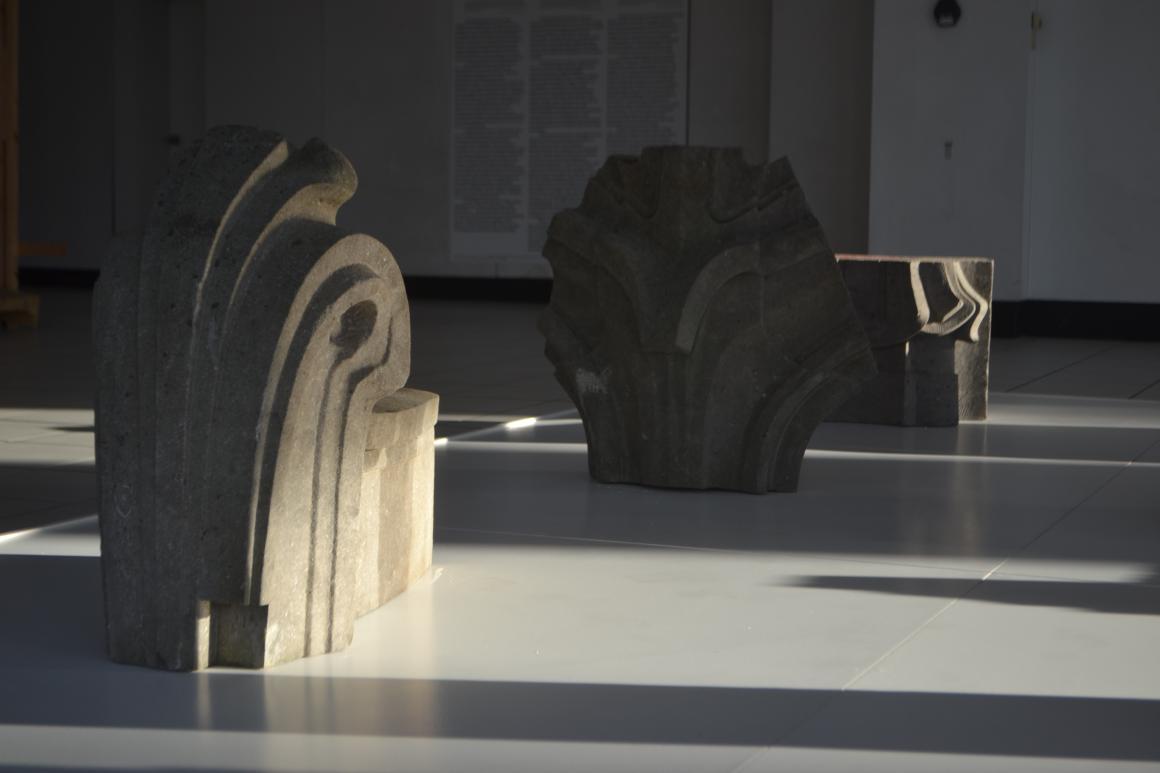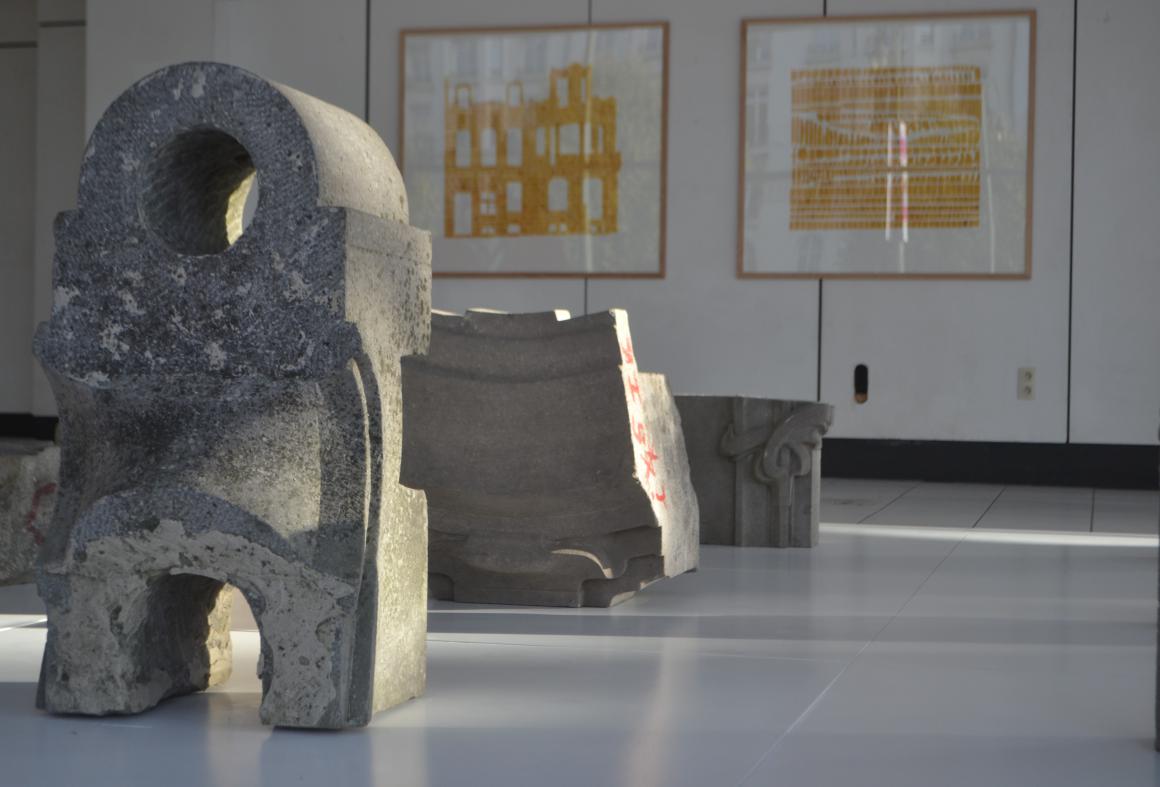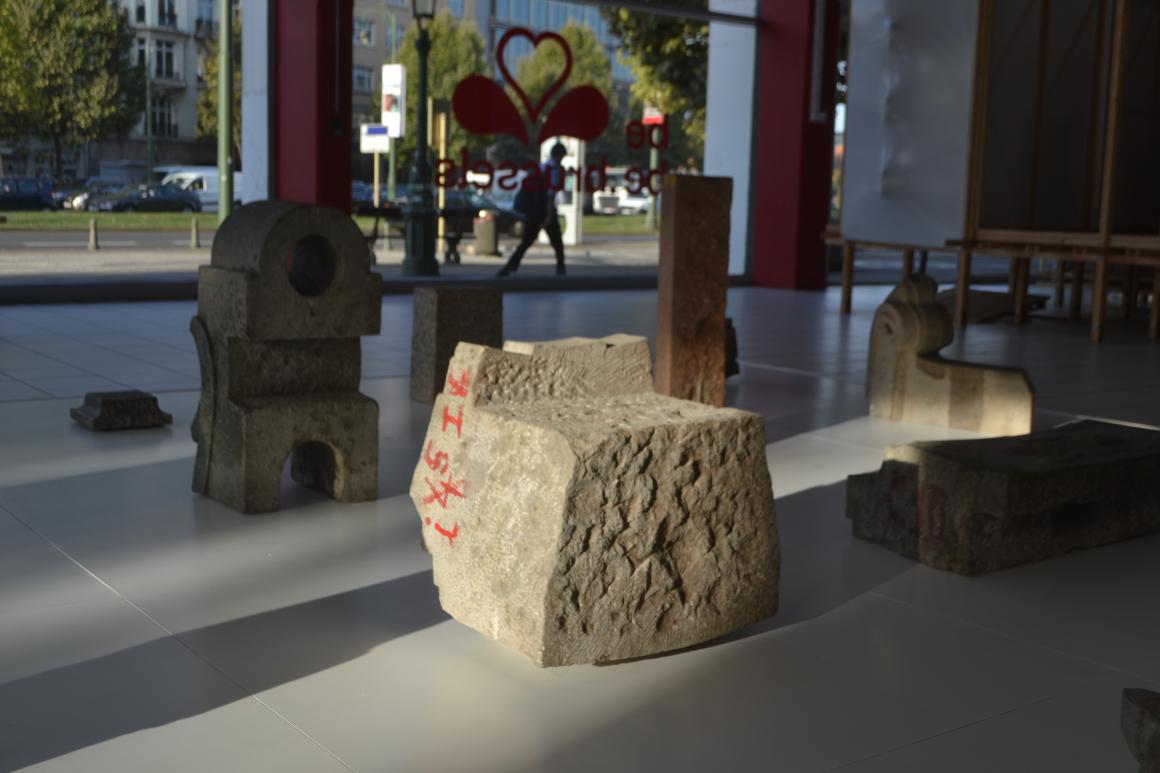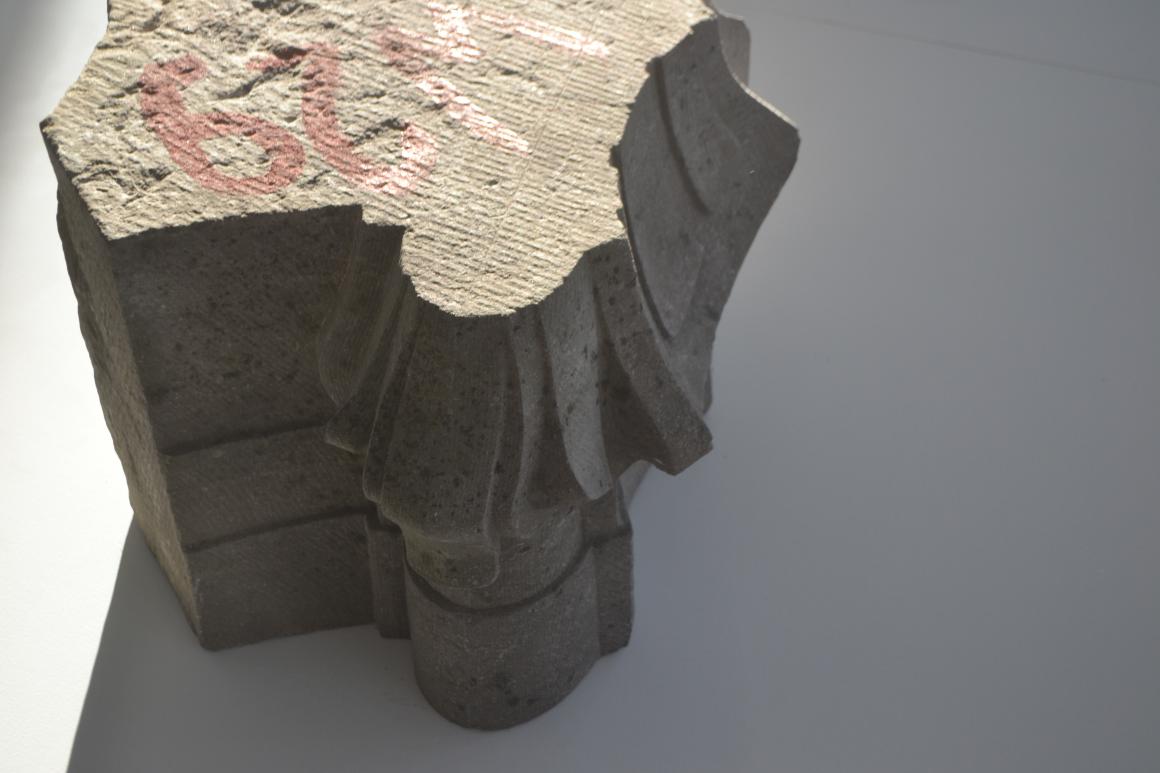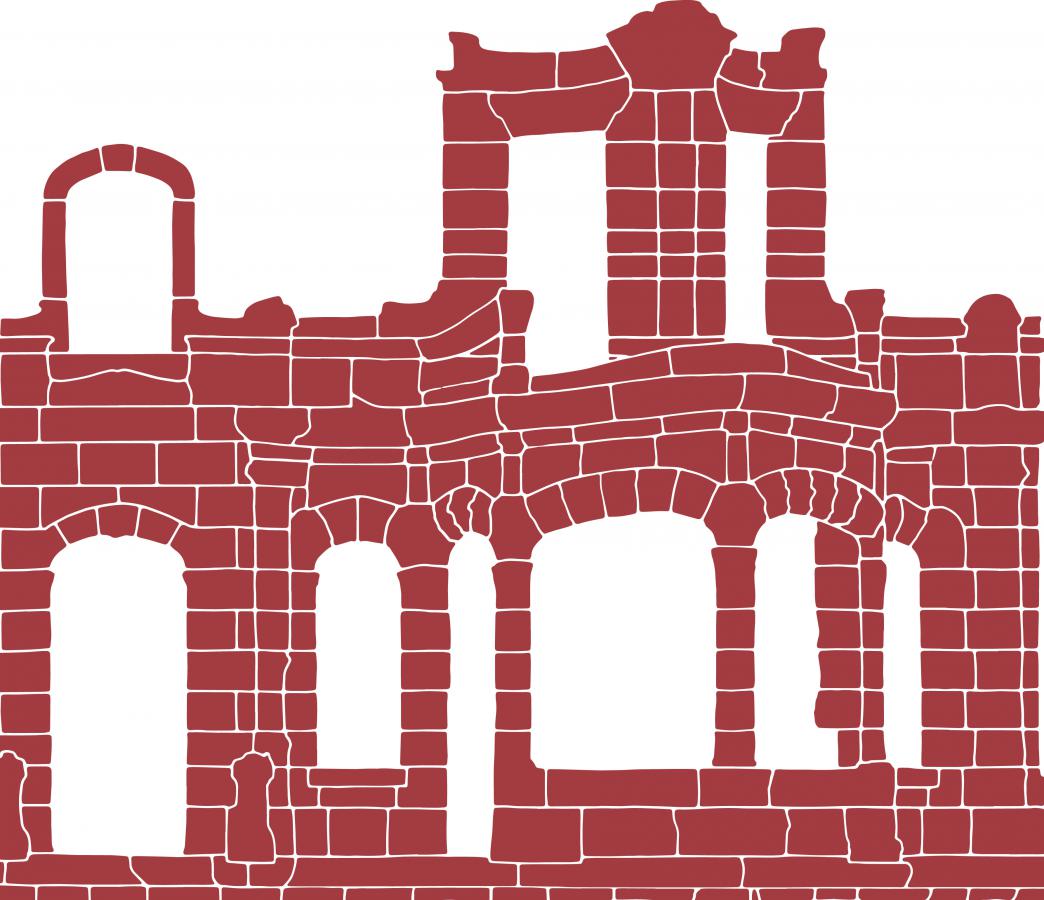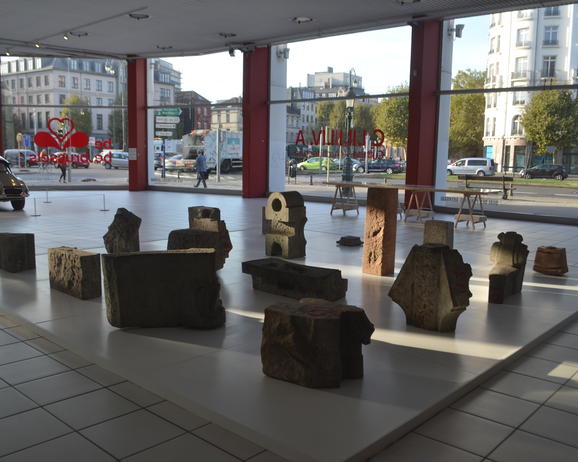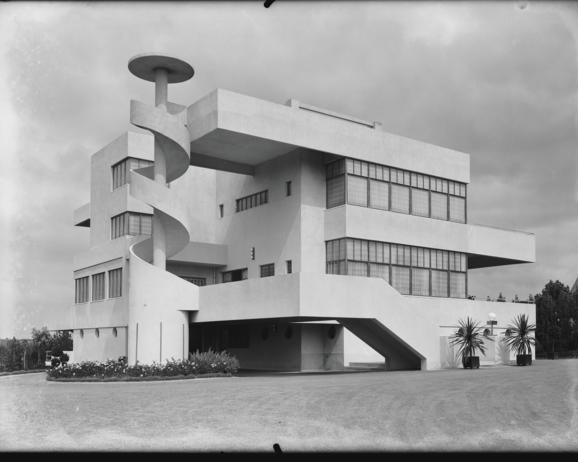What to do with the facade of the Hotel Aubecq, one of Victor Horta’s finest achievements ? Such is the question that this exhibition seeks to raise.
You can access this exhibition at Kanal - Centre Pompidou free of charge
Hôtel Aubecq is one of Victor Horta’s finest achievements, as regards both the built result and the relationship that the architect had with the client, Octave Aubecq, throughout the conception of the project. Aubecq was authoritarian and peremptory, Horta stubborn and clever: both men hit it off wonderfully!
A pure masterpiece, the curving façade of this semi-detached building presents a rather unusual structure: no longer composed of metallic girders as before, but of bluestone from Wallonia cleverly set off by grey and red granite. Solid materials, resistant to the changes brought about by time and demanding great craftsmanship from the sculptors who had to tackle the complexity of the decors and mouldings to be carved in the stones. The result was a complete success: baroque, sculptural and expressionist, the façade proclaims its aesthetic force loud and clear.
Hôtel Aubecq was sold in 1948 with all its furniture, which had also been designed by Horta, to private buyers interested in property development. The furniture would later be resold, ending up scattered in public and private collections. Informed of the building’s forthcoming demolition, the Minister of Public Works released funds so that part of the façade could be dismantled and stored. This was the beginning of a long odyssey for 650 stones, shipped around on six occasions from wastelands to warehouses. In 2001 the Brussels-Capital Region was landed with these forgotten fragments, the vestiges of a prestigious heritage.
What now? Such is the question that this exhibition seeks to raise. It will also be the main theme of a series of lectures taking place in the following months at KANAL - Centre Pompidou.
With kind support of the Monuments and Sites Directorate - Brussels Planning and Heritage - Brussels Capital Region / Photo : (c) Coll. CIVA, Brussels, Armelle CARON, 2018
